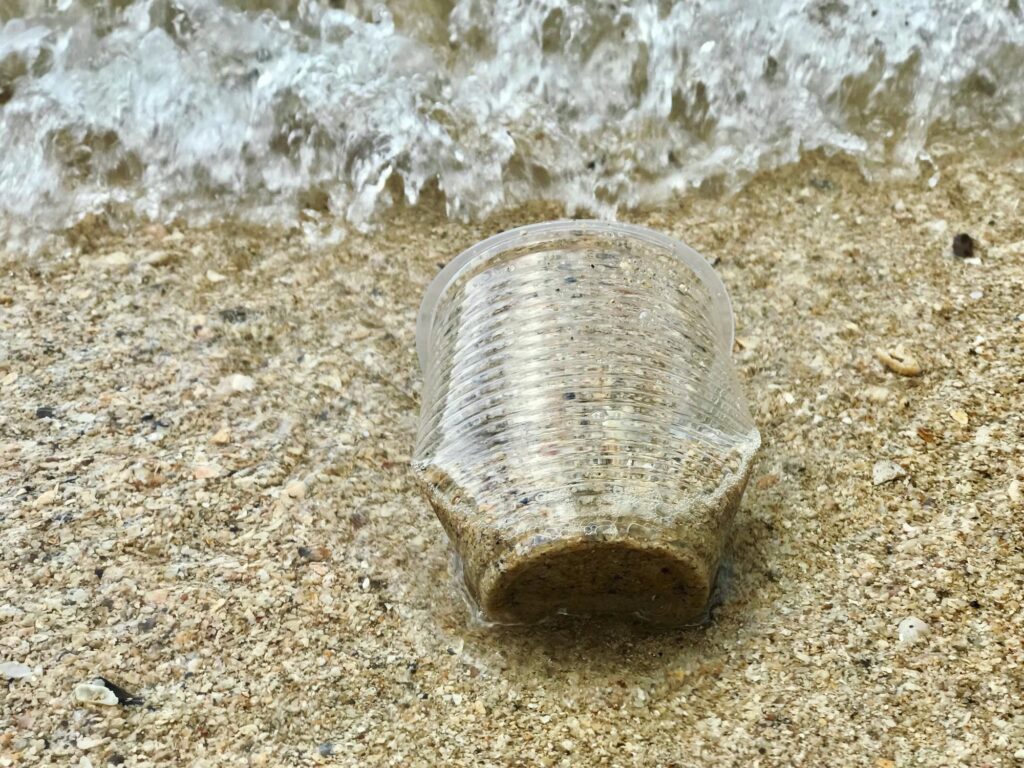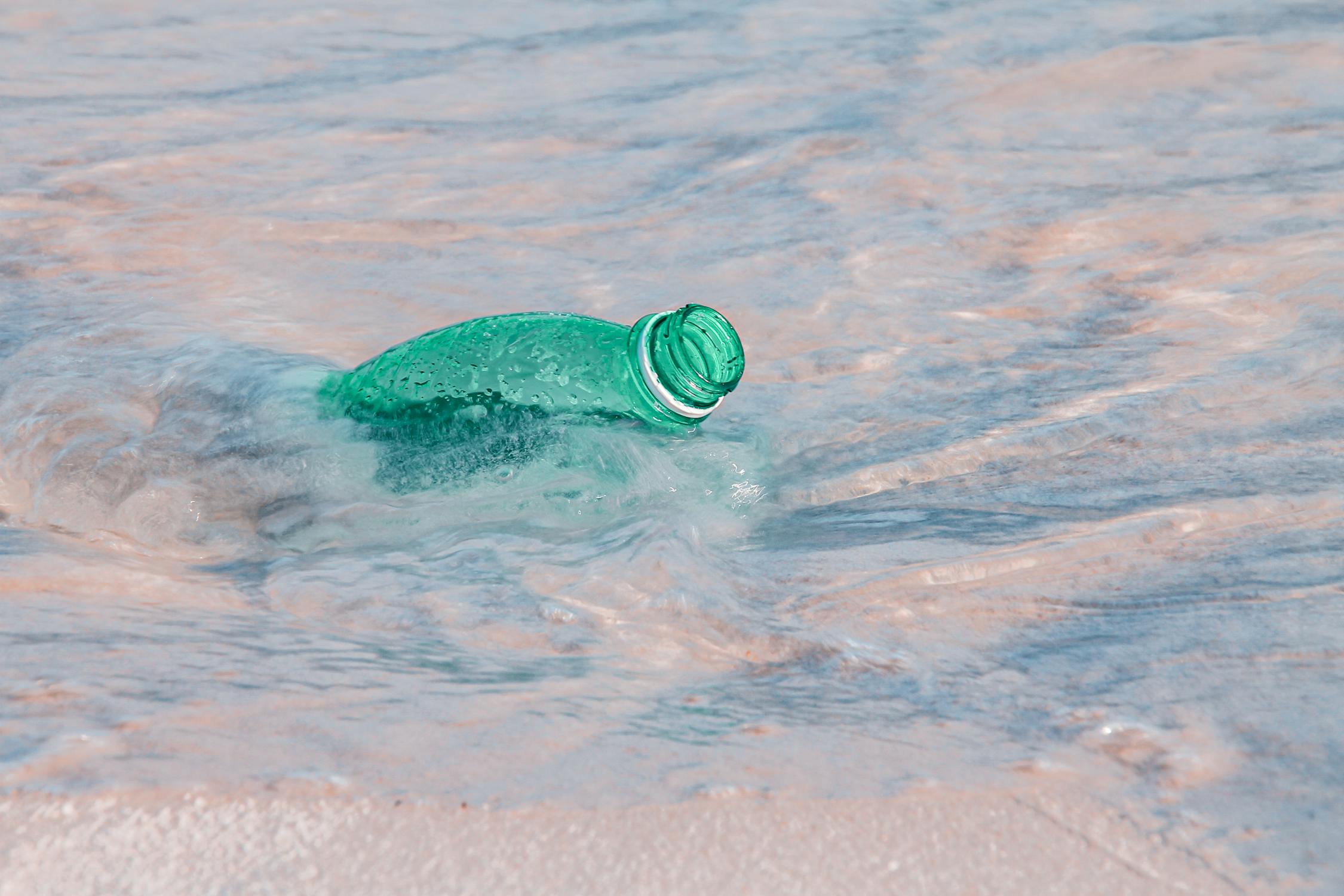Keeping Sawdy Pond Pristine: Managing Pollutants and Ensuring Accurate Testing

Sawdy Pond, located in the serene landscape of Westport, Massachusetts, is a natural gem. To preserve its pristine beauty and ecological health, proactive measures are taken to manage and minimize pollutants that may affect its water quality. Here, we’ll explore how ponds like Sawdy Pond are treated for pollutants and the steps taken to ensure accurate testing results.
Managing Pollutants in Sawdy Pond:
- Stormwater Management:
Stormwater runoff is a common source of pollutants in ponds like Sawdy. To mitigate this, the area employs an efficient stormwater management system that collects and treats runoff before it enters the pond. This system includes catch basins, sedimentation ponds, and vegetation buffers that help filter pollutants from the water. - Nutrient Control:
Excess nutrients, such as phosphorus and nitrogen, can lead to harmful algal blooms and water quality issues. To manage nutrient levels, the local authorities implement control measures. These may include limiting the use of fertilizers near the pond and monitoring agricultural practices in the watershed to prevent nutrient runoff. - Erosion Control:
Preventing soil erosion is crucial to maintaining water quality. The installation of erosion control structures, like silt fences and retaining walls, helps keep sediment out of the pond, preserving its clarity and preventing the buildup of pollutants. - Septic System Management:
Proper maintenance and inspection of septic systems in the area are essential to prevent the leakage of harmful contaminants into the pond. Regular inspections and maintenance schedules are enforced to ensure that septic systems are functioning correctly. - Education and Outreach:
Educating the local community about the importance of maintaining water quality in Sawdy Pond is an integral part of pollution management. Public awareness campaigns help residents understand their role in protecting the environment and encourage responsible behavior.
Ensuring Accurate Testing Results:
- Water Sampling:
Regular water sampling is conducted to assess the quality of Sawdy Pond’s water. Samples are taken at different depths and locations to capture a comprehensive picture of the water’s condition. Proper sampling techniques are essential to obtaining reliable data. - Laboratory Analysis:
Collected water samples are sent to accredited laboratories for analysis. These labs use state-of-the-art equipment to detect a wide range of water quality parameters, including pH, turbidity, nutrient levels, and the presence of specific contaminants. Strict quality control measures are in place to maintain the accuracy of results. - Continuous Monitoring:
In addition to periodic sampling, continuous monitoring stations are often installed to provide real-time data on water quality. These stations can measure parameters like temperature, dissolved oxygen, and turbidity, allowing for immediate responses to any unusual conditions. - Data Validation:
Before any decisions or actions are taken based on water quality data, thorough validation and quality assurance procedures are followed. This ensures that the information used for decision-making is accurate and reliable.
Conclusion:
Sawdy Pond’s protection and maintenance involve a multi-faceted approach that focuses on managing pollutants and ensuring accurate testing results. Through effective stormwater management, nutrient control, erosion control, septic system maintenance, and community education, the pond remains a clean and healthy ecosystem. Accurate testing, accomplished through rigorous sampling, laboratory analysis, continuous monitoring, and data validation, plays a vital role in this ongoing effort to preserve the natural beauty and ecological diversity of this remarkable area in Westport, Massachusetts.






